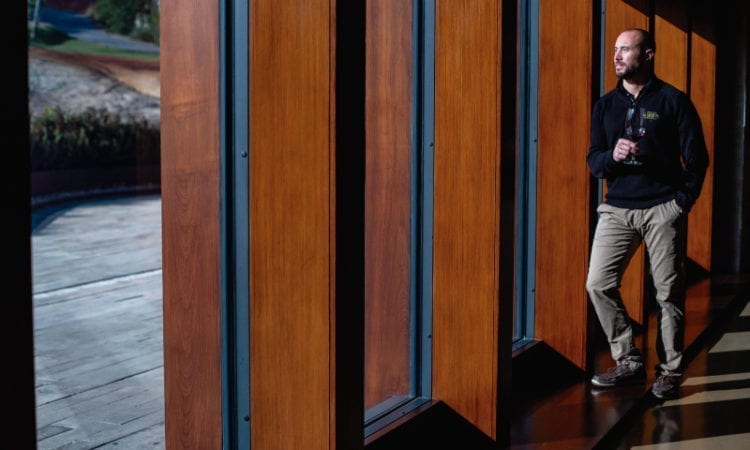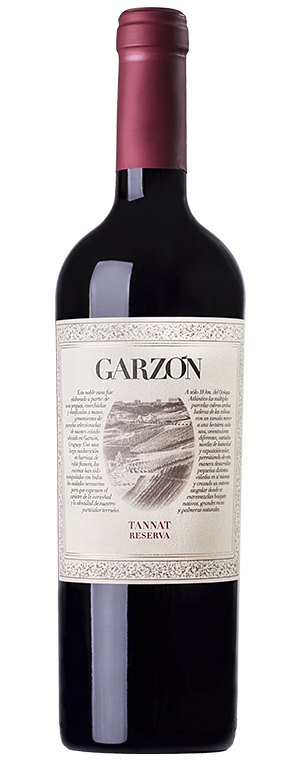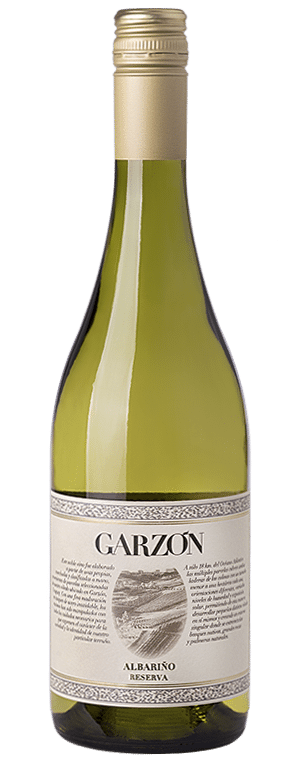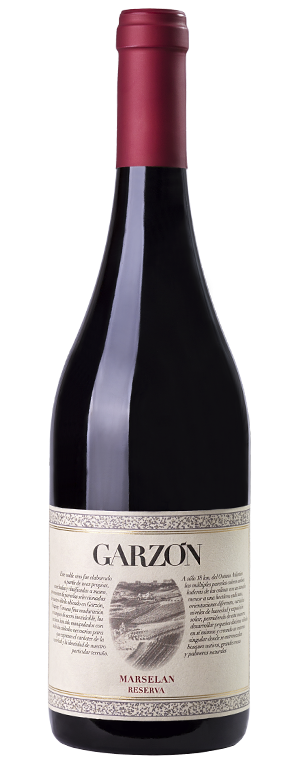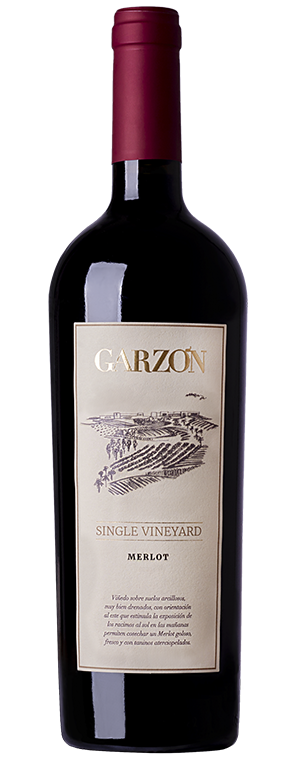- Tell us about your career as an Enologist; from your beginnings to being chosen Winemaker of the Year by Bonfort’s.
I grew up in a family dedicated to wine production. After the First World War my great-great-grandfather came from Italy to Canelones, in southern Uruguay. He started planting vineyards and producing wines, until my grandfather opened Bodega Bruzzone in 1945.
At that time, the winery was very important in Uruguay, reaching a production capacity of over 2,000,000 liters. I was born there, in the world of winemaking. As a child I used to play with all the employees, and one of my games was to make wine. This is part of my DNA; to this day, my entire family is dedicated to wine production in Uruguay.
Before studying enology I attended Medical School for a few years, but I soon realized that enology was my thing. In 2001 I got my degree in enology and began leading our family winery. I also worked with my brother-in-law in Spinoglio winery, and together we promoted the development of a line of quality wines.
In 2009 I received my degree in sommelier studies and that same day I was informed that I had been shortlisted to lead Bodega Garzón. After several interviews, I traveled to Argentina to meet Alejandro Bulgheroni and I got the job. I began planting the vineyards with Eduardo Félix, he had already started the job and had already planted 30 hectares. 2009 to 2013 was a very dynamic period; Garzón had a huge growth regarding the amount of planted hectares.
This coincided with the planning of the winery. It was an opportunity to create a winery from scratch in a place where wines weren’t normally produced.
The terroir together with the ocean, new techniques and Alberto Antonini as our wise leader, allowed us to produce the wines we offer today. With time, the vineyards are becoming wiser and steady in structure.
- Which part of the project Garzón motivated you?
That it was major challenge. We were discovering a new terroir in Uruguay, a new region of the country given that the vineyards in Uruguay were usually located in the southwest. So for me, the great challenge and motivation of this project was the chance to explore these new lands and observe the results of the vineyards in this new area of the country; how would they be influenced by the ocean and ballast soil.
- You and Eduardo Félix, Agricultural Engineer, have a great relationship. How does this enhance your work?
Eduardo is a friend, a brother, a companion. We complement each other perfectly because we both share the same objective: quality. This could sometimes cause trouble between an enologist and an agriculture engineer because the engineer wants a good result in weight and the winemaker in quality. We maintain a great working synergy and Eduardo knows he must produce good quality fruits so that I can then produce good wine. Without a good grape, wine cannot be made. 90% of the wine quality is thanks to Eduardo’s work at the vineyard. I always like to make emphasis on this because it’s the truth. I could be the world’s best enologist, but without a quality grape I would never produce a good wine.
This is why we always work as a team; we are two friends that understand our final objective.
- Which are the main characteristics of Garzón’s wines?
The first and most important aspect is the terroir. It is an exceptional terroir, with a granitic soil composition called balasto, formed of sand (60%) and the rest is very old granite, one of the world’s most ancient ones. It is the same granite as the one found in other continents, such as Africa. This type of soil adds excellent minerality to the wines of Garzón. The roots of the vine absorbs water containing high amounts of granite and that water is ultimately transformed into wine, so this explains the characteristic minerality found in Garzón’s wines.
We are just 8 miles away from the ocean, so this proximity also influences our wines, adding a very noticeable saline savor, which is highly praised throughout the world.
The drainage in Garzón is also different. Water is deeply drained because it passes through stone and granite, the gentle hills of our vineyards allow the water to run fast and leave the surface, and the sea breeze allows the plant and cluster to dry fast, avoiding diseases. All this enables an optimum ripening of the grape, achieving well-polished tannins and therefore, a fresh wine is obtained.
- Which are the upcoming projects regarding the products of the winery?
Garzón was born being a big mystery. How will the vineyards develop in this terroir? Which variety will properly develop and how will it be accepted by the world? These were among the questions we asked ourselves.
Our plan for the future is to delve further into the quality of each variety. To really understand how each variety expresses itself in Garzón, with our diverse sun exposures, slopes, soil, weather, sea proximity and exposure. Garzón’s terroir is a huge testing ground, and our challenge is to discover the places in which each variety can be best expressed and then learn which varieties are perfect for our project.
What we did with Tannat in Uruguay was amazing. We established a benchmark. This is a variety that has been planted for years in Uruguay, and was considered a rough wine, very astringent, to be paired with heavy meats. Nowadays, Garzón offers another Tannat, with very different characteristics.
- How do you imagine Garzón 10 years from now?
We constantly discuss with our team that the present of Garzón is very good, but also, that its future is even better. This is true, because we are achieving a great quality in a very young project, and what we are going to make in a few years will be incredible. The future will be something completely off the scale. Garzón will continue growing and charming the audience of the entire world.
We will improve our knowledge of the most adequate varieties and techniques for our terroir.
